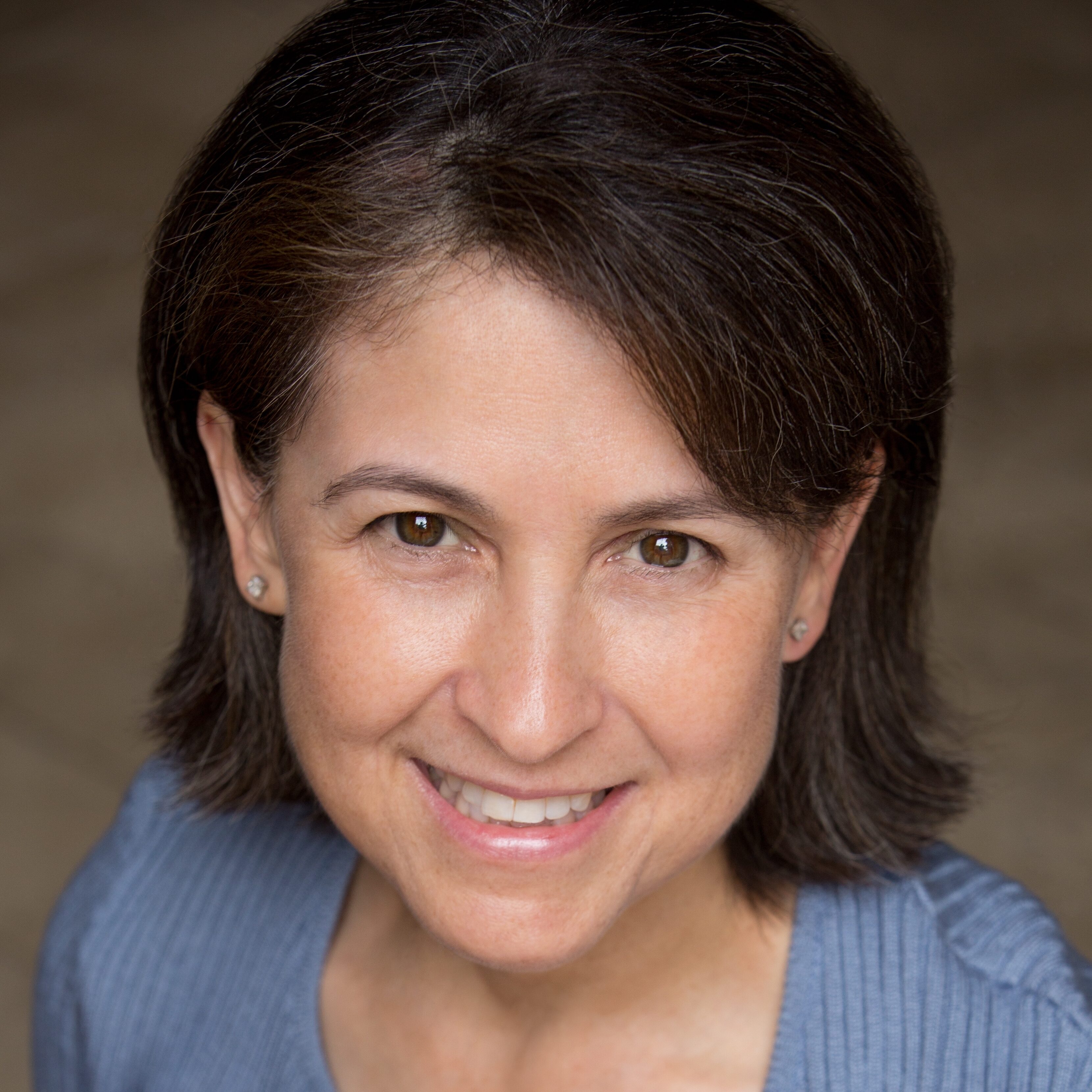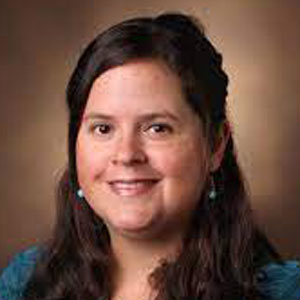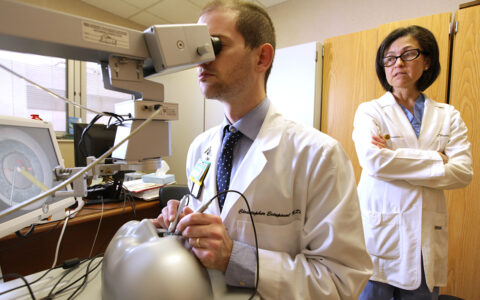Studies over the past decade have reported disparities by race/ethnicity, education and economic status in the prevalence of major eye diseases and the use of eye care services. People from underrepresented minority groups may not seek vision care as often for various reasons – from limited access to lack of provider diversity.
The Vanderbilt Eye Institute is seeking to address these challenges at multiple levels through initiatives in the Department of Ophthalmology and Visual Sciences, at Vanderbilt University Medical Center, and at national organizations.
Laura Wayman, M.D., is James H. Elliott Director and vice chair for education at the institute. Throughout her career as a medical educator, Wayman has worked tirelessly at Vanderbilt and in leadership roles at the national level to create an environment where ophthalmology trainees have ample exposure to mentoring and growth opportunities. Currently, she serves on the American Academy of Ophthalmology’s (AAO) Minority Ophthalmology Mentoring program subcommittee.
“We need to be more intentional at every step if we want to reduce health disparities, starting with developing and supporting a diverse workforce so we can address care inequities,” Wayman said.
Recruiting Diverse Physicians
Today, Dolly Ann Padovani-Claudio, M.D., an early career ophthalmology faculty member at Vanderbilt, is taking up the mantle. Like Wayman before her, Padovani-Claudio works at all levels to improve the representation of minorities in ophthalmology.
At Vanderbilt Eye Institute, Padovani-Claudio serves as diversity liaison for the institute and is a co-chair of Women on Track. She participates in the executive council of the AAO Minority Ophthalmology Mentoring program, in minority mentoring and diversity initiatives at the Association for University Professors of Ophthalmology (AUPO) and the Association for Research in Vision and Ophthalmology (ARVO), and is co-chair of the Rabb-Venable Pathway to Success Program for medical trainees at the National Medical Association.
Underrepresented minority trainees have a difficult time making it through the pipeline and getting accepted into ophthalmology residency programs, Padovani-Claudio says. “We may encounter multiple hurdles to becoming the ‘best’ candidates: we don’t see mentors like us, and we might not have the same opportunities along the way. The end product is that a larger proportion of African American and Hispanic applicants don’t even get an interview to residency programs.”
“Underrepresented minority trainees may encounter multiple hurdles to becoming the ‘best’ candidates: we don’t see mentors like us, and we might not have the same opportunities along the way.”
Part of this has to do with the selection process, Wayman says. “Ophthalmology is a highly competitive field – overall there is a high no-match rate for residency spots. And it’s very expensive to apply, which leaves some underrepresented medical students behind. It’s so critical to reach them early and provide opportunities and encouragement along the way.”
Another big issue is a disparity between male and females, says Padovani-Claudio. “I think this also has to do with role models and retention efforts.”
The Value of Mentorship
Wayman mentors a second-year medical student from Meharry Medical College who hopes to become an ophthalmologist. “This includes advice on everything from creating a good CV, identifying scholarly activities, time and project management, and which research projects to take on,” she said.
Padovani-Claudio mentors undergraduate and medical students at Vanderbilt and Meharry, coaching them in their research. Her lab focuses on finding new treatments for diabetic retinopathy and retinopathy of prematurity, and she and several of her mentees are using Vanderbilt’s Synthetic Derivative (deidentified EHR data) and BioVu (a biorepository of DNA) databases to explore risk factors including racial/ethnic disparities in diabetic retinopathy. She is also co-PI on a grant to use the AAO’s IRIS Registry to explore disparities in retinopathy of prematurity.
“We observe trends matching other studies showing that certain eye diseases, including diabetic retinopathy, are more prevalent if you’re from an underserved racial/ethnic group,” Padovani-Claudio said. “We want to better understand why these disparities occur so that we can enhance outcomes for all patients.”
Finding Solutions
Padovani-Claudio says that overall, improving health care disparities is not a linear sequence; the challenges are intertwined and likely interdependent. There are factors affecting both sides of the equation, including physicians and patients.
“We need to be more intentional at every step if we want to reduce health disparities, starting with developing and supporting a diverse workforce so we can address care inequities.”
“If you don’t have doctors who look like you, you may be less likely to visit a doctor,” said Padovani-Claudio. “Additionally, if you don’t have mentors who look like you, you may not pursue a specialty. These are barriers to care we can tackle if we diversify our workforce.”






